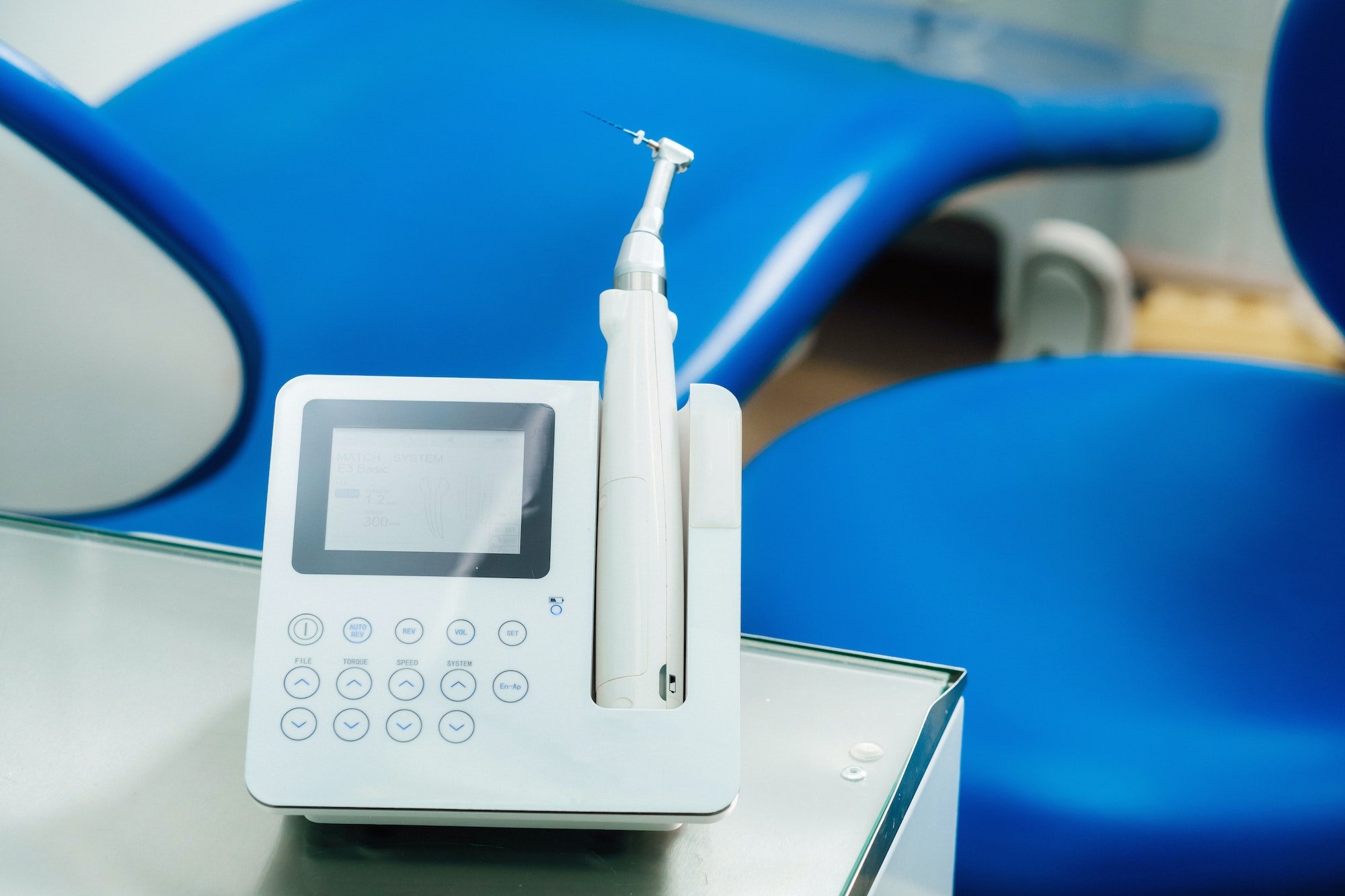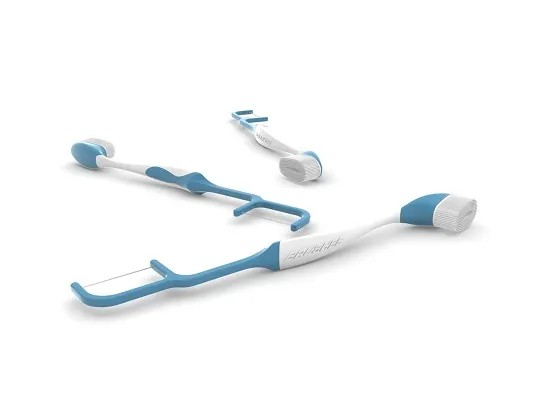When it comes to the techniques for a root canal, cleaning out the pulp of infection and decay can be a challenge for endodontists. Because the purpose of a root canal is to create a tight seal, often times the materials and techniques used to create those seals can either falter or succeed, depending on the state of the tooth. As part of endodontics, being a root canal specialist involves a considerable amount of time and training to understand these techniques. For patients expecting a root canal treatment soon and wanting to learn more, we’re here to explore those techniques and offer you an inside look into how root canal treatments are performed.
What The Term “Obturation” Means in Endodontics
Dentists who perform fillings, root canal procedures, and other restorative methods of filling a tooth have to be skilled in obturation. Obturation is the technical term for a method of filling and sealing a tooth with root canal material. For patients, this may not seem like a huge concern, but for dentists, oral surgeons, and endodontists, this is an ever-evolving art form that’s always being updated and revised to help patients have more successful tooth recovery. For those who specialize in the root canal system, this complex web of tooth channels and pulp material is highly delicate and intricate to the lifeline of that tooth.
Endodontics is all about maintaining retention rates, improving the lifetime warranty of any restoration so that the infected tooth cannot be reinfected and no trauma will impact the restoration. Obturation techniques are highly technical topics that require a deep understanding of all things dentistry, but if you want a shorter summary, the goal of obturation is to:
- Focus on achieving a three-dimensional tight seal within the root canal
- Block bacteria and saliva fluid from entering the root canal
- Effectively remove bacteria and body fluid completely from the canal system
- Prevent bacterial micro-leakage during the root canal procedure
- Use filling material to prevent infection and protect the remaining pulp
If you’ve ever been your dentist, you know that they require a dental exam with x-rays before recommending procedures. At an endodontist’s office, the affected tooth that’s been notified by your primary dentist will need to be diagnosed and analyzed before any treatment to observe the infection and potential damage. When it comes to performing root canals, any signs of pulp exposure, pulp necrosis, irreversible pulpitis, and other conditions that have damaged the root canals often qualify for these procedures.
As a general rule, root canal procedures will vary according to the affected tooth, the damage present, and other factors. In many ways, your endodontist will probably want to retake x-rays of your teeth to observe these root channels because the shape and size of the channels will also determine the appropriate obturation technique.
4 Myths About Root Canal Treatment Pain
Types of Obturation Techniques For Root Canal Procedures
If you are unfamiliar with dentistry, then these obturation techniques may sound a bit confusing. However, one of the best things to know about dentistry is that each of these methods works towards helping you maintain the life of your teeth. Teeth that are infected and damaged need treatment, and the goal of root canals is to prevent reinfection and produce the most positive outcome.
In an endodontist’s world, these are some of the various obturation techniques used during root canals to provide treatment for affected teeth:
- Cold Lateral Compaction: A cold lateral compaction technique uses spreaders, gutta-percha, and scalpels to replace missing tooth material along the lateral or elongated sides of the root channels, entombing infection and making sure that the tooth cannot be reinfected.
- Warm Lateral Compaction: Using the same method as cold lateral compaction, but instead accesses the side position of the tooth and then uses irrigation acids and gutta-percha heating devices to seal in the channels, allow any remaining bacteria to die off, and provide a tight seal for the tooth.
- Warm Vertical Compaction: In rarer cases, root channels can have a vertical development inside the tooth, making accessing the channels more difficult when attempting to remove the infection. However, warm vertical compaction compensates for any damage to these vertical channels by accessing it through a vertical incision rather than a literal one, using gutta-percha heaters to seal the tooth.
- Continuous Wave Compaction: Warm compaction techniques, although useful, can take longer to proceed. A continuous-wave compaction technique uses electrical heat for a continuous wave of heat to the affected area, giving the gutta-percha more mobility to move through the root channels and accelerate the drying process.
- Thermoplasticized Gutta-Percha Injection: Instead of using regular gutta-percha to seal the tooth, thermoplasticized gutta-percha is then replaced as the material of choice. This type of gutta-percha removes a common problem endodontists experience when treating infected teeth – lateral condensation, or when the gutta-percha gathers along the sides instead of moving through the channels.
- Carrier-based Gutta-Percha: This technique is used in specific cases where the root channels have curves that bend alongside the front and mid-root areas of the tooth. A carrier device aims to improve fluid filtration for the channels and thus makes this technique an alternative to lateral compaction.
- ThermaFill Thermoplasticized Technique: By combining the use of carriers and thermoplasticized gutta-percha, this technique can be used for long and curved root channels and aim to increase accessibility and flexibility without smearing the gutta-percha material.
- Chemically Plasticized Gutta-Percha: For channels that have unusual curves, this method removes the need for heating devices and carriers by hardening the gutta-percha with chemical solutions such as xylol eucalyptol and chloroform.
- SimpliFill Sectional Obturation: Instead of performing the technique all at once, the SimpliFill technique removes the need for post-space preparation by attempting to create an apical seal for the front channels of the tooth to prevent leakage and lateral condensation.
- McSpadden Thermomechanical Compaction: With techniques that require heating techniques, the McSpadden technique uses instrument rotations of higher speeds to create controlled thermomechanical compaction for the gutta-percha and remove the problem of uncontrollable heat temperature.
- Custom Cone Obturation: For those who have immature root channels, all previously mentioned root canal techniques can use custom gutta-percha cones to help accommodate this immaturity.
For more information about what your root canal treatment may contain, speaking with your dentist about your procedure and your teeth is the best resource for that information.
The Best Fiber Post Techniques For Anatomical Root Variations



